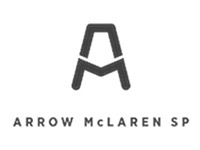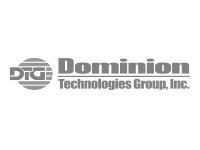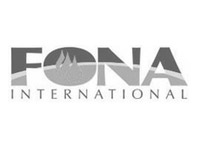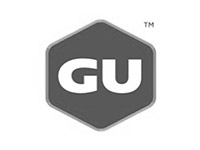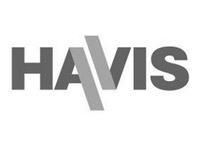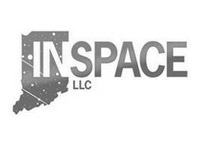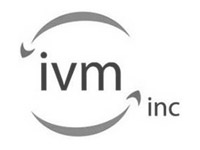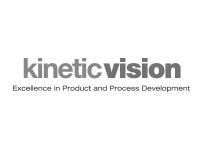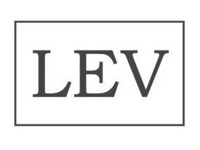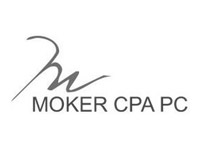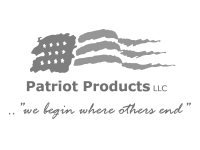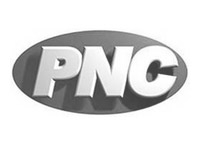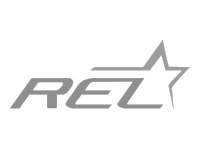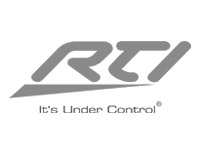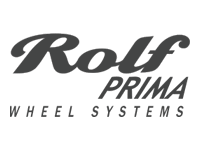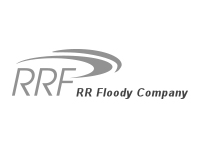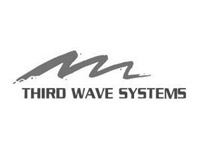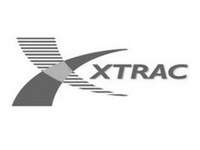Cost Segregation
Accelerate Your Deductions to Maximize Tax Savings
Cost segregation is a tax planning strategy that allows property owners to optimize their depreciation deductions. By identifying and reclassifying specific components of a property, owners can accelerate depreciation, resulting in significant tax savings.
During a cost segregation study, professionals allocate costs to different components based on their actual useful lives. Consulting with a tax professional ensures accuracy and compliance.
Cost Segregation Opportunities
- Businesses – businesses that own of commercial real estate, such as office buildings, manufacturing facilities, warehouses, healthcare facilities, self-storage, and other building types.
- Real Estate Investors – investors in commercial and residential real estate, including apartment buildings and short-term rental can significantly enhance their cash flow that can be reinvested into additional properties.
- High-Income Individuals – individuals in higher tax brackets who own real estate can benefit significantly from accelerated depreciation to reduce taxable income.
Cost Segregation Can Help
- Maximize Tax Savings – reallocating costs to shorter-lived assets enables you to accelerate depreciation deductions, resulting in substantial tax savings that significantly reduce your overall tax liability.
- Enhance Cash Flow – accelerated depreciation means you can deduct more from your taxable income each year, providing immediate cash flow.
- Optimize Return on Investment – fine-tuning your tax planning enhances your return on investment as a property owner.
- Accurate Asset Management – classifying your property into different building components helps you keep better records and make informed decisions about your property.
Hull & Knarr Experience
01
FEASIBILITY


Estimate of potential benefits for specific buildings. Our team identifies the property owner’s tax position and significant property characteristics to estimate study benefits.
02
GATHER


Next, our team collects documents like appraisals, property condition reports, ALTA surveys, closing purchase documents, blueprints, vendor reports, and/or construction documents.
03
ANALYSIS


After the standard data collection, we we conduct an on-site tour, examine relevant documents, classify cost information, including personal property and land improvements.
04
Arrive


At this point, we create a comprehensive report, including study results, methodology, property photos, and tax law support. This report becomes the basis of your audit defense.
Featured Projects

